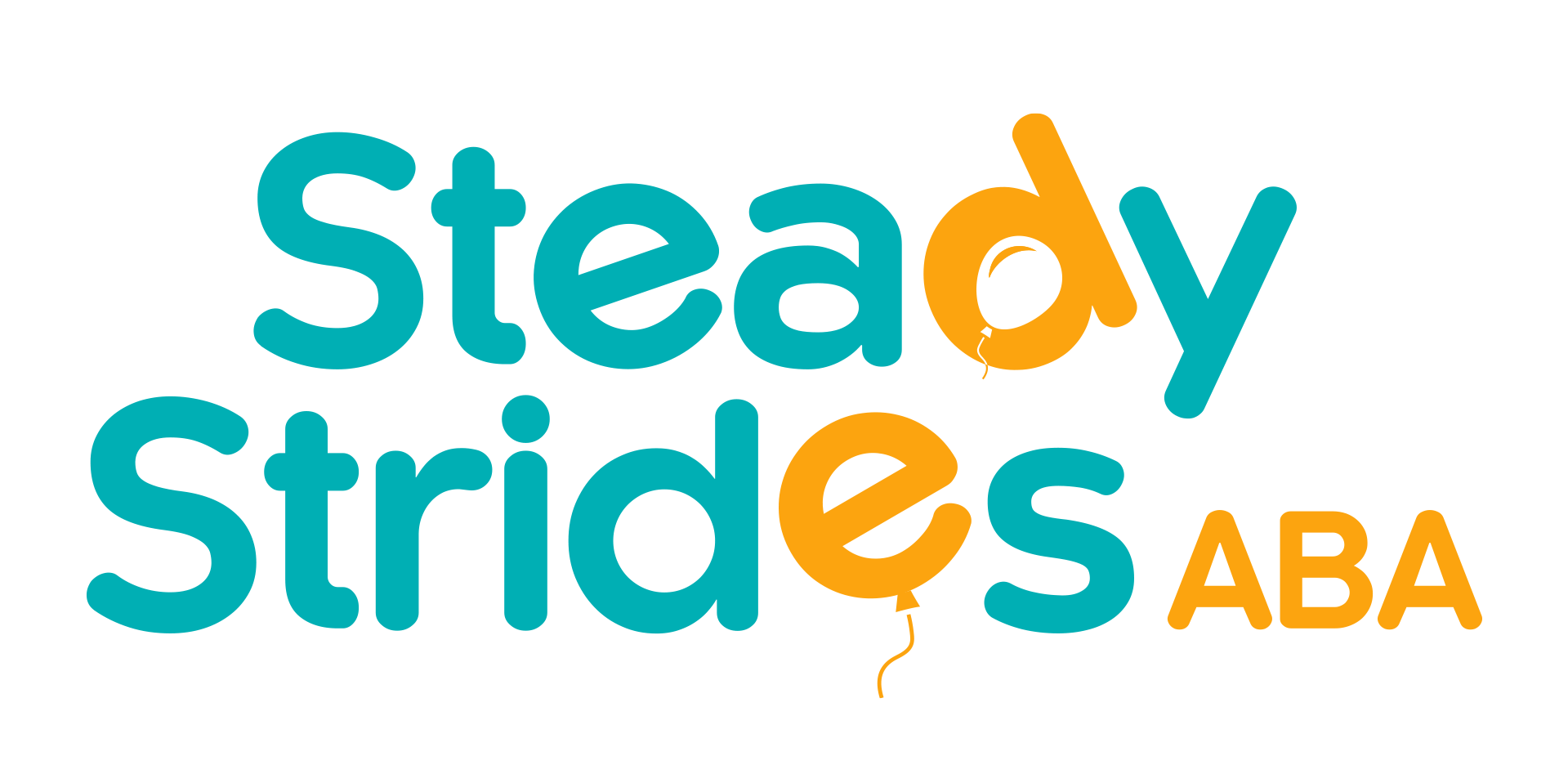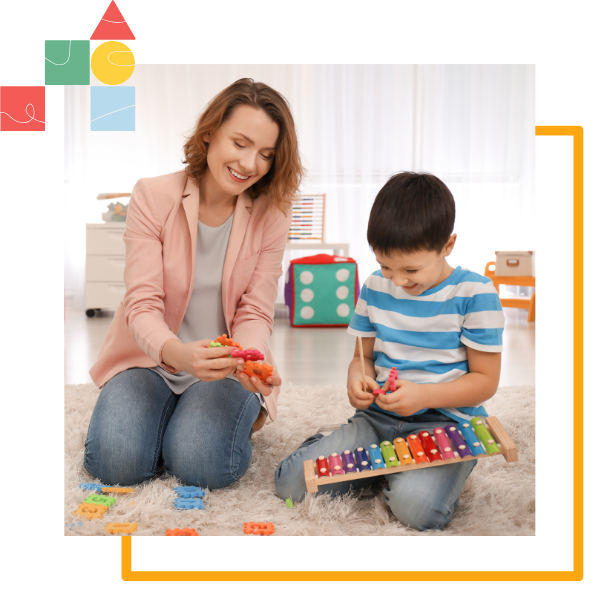Key Highlights
- There are various treatment options available for those with autism spectrum disorder (ASD) that can help improve their abilities and reduce symptoms.
- Early intervention is crucial for the success of treatment, but it is never too late to start therapy.
- Behavior therapy, speech-language therapy, physical therapy, occupational therapy, and nutritional therapy are some of the core treatments for autism in kids.
- Applied Behavior Analysis (ABA) is a highly effective therapy for children with autism, focusing on reinforcing positive behaviors and teaching new skills.
- Speech therapy can improve communication skills in children with autism, both verbal and nonverbal.
- Occupational therapy helps children with autism develop daily living skills and improve their motor skills.
- Nutritional therapy can ensure that children with autism maintain a balanced diet and receive the necessary nutrients for their development.
- Integrative therapies, such as sensory integration therapy and occupational therapy, provide comprehensive support for children with autism.
- Innovative approaches like technology in autism education and music and art therapy can also be beneficial for children with autism.
- Parental support and home-based strategies play a crucial role in the overall treatment and development of children with autism.
Introduction
Autism spectrum disorder (ASD) is a developmental disability that affects communication, social interaction, and behavior. It typically appears in early childhood and can vary in severity. While there is no cure for autism, there are various treatment options available that can help children with ASD improve their abilities and reduce symptoms.
Early intervention is crucial for the success of treatment. Starting therapy during preschool or even before increases the chances of a child's success. However, it is never too late to begin treatment, and the American Academy of Pediatrics (AAP) recommends starting to research therapies as soon as autism is suspected, rather than waiting for a formal diagnosis.
The core treatments for autism in kids include behavior therapy, speech-language therapy, physical therapy, occupational therapy, and nutritional therapy. These therapies focus on improving communication skills, social interaction, behavior, and daily living skills.
In addition to the core treatments, there are integrative therapies that provide comprehensive support for children with autism. These therapies include sensory integration therapy and occupational therapy, which address sensory processing issues and help children develop new skills.
Innovative approaches, such as technology in autism education and music and art therapy, are also being used to enhance treatment outcomes for children with autism. These approaches engage children in creative activities and provide opportunities for self-expression and social interaction.
Parental support and home-based strategies play a crucial role in the overall treatment and development of children with autism. Creating an autism-friendly home environment and implementing behavioral strategies can significantly improve a child's quality of life.
Understanding Autism and Its Impact on Children
Autism spectrum disorder (ASD) is a developmental disability that affects how a person thinks, communicates, and interacts with others. It is a lifelong condition that typically appears in early childhood and can vary in severity. Children with ASD may have difficulty with social interactions, communication skills, and behavior. They may also exhibit repetitive behaviors and have specific interests or routines. It is important to understand the impact of autism on children in order to provide effective treatment and support.
What is Autism Spectrum Disorder (ASD)?
Autism spectrum disorder (ASD) is a neurodevelopmental disorder that affects social communication and behavior. It is characterized by a range of symptoms that can vary in severity and presentation. ASD is a lifelong condition, but early intervention and appropriate treatment can greatly improve outcomes for individuals with ASD.
Children with ASD may have difficulties with social skills, such as making eye contact, understanding social cues, and engaging in reciprocal conversation. They may also exhibit repetitive behaviors, have intense interests in specific topics, and may struggle with changes in routine or transitions.
ASD is diagnosed based on a comprehensive evaluation of a child's behavior, development, and medical history. Early signs of ASD may include a lack of or delayed speech, limited social interaction, and repetitive behaviors. It is important to seek a formal diagnosis from a qualified healthcare professional to ensure that appropriate treatment and support can be provided.
How Autism Affects Communication and Behavior
Autism can have a significant impact on communication and behavior in children. Many children with autism have difficulties with verbal and nonverbal communication skills. They may have delayed speech or struggle to understand and use language effectively. Some children with autism may be nonverbal, while others may have a limited vocabulary.
Children with autism often have challenges with social interactions. They may struggle to understand social cues, such as facial expressions or body language. This can make it difficult for them to form and maintain relationships with others. They may also have difficulty with turn-taking, sharing, and engaging in reciprocal conversations.
In addition to communication challenges, children with autism may exhibit repetitive or restrictive behaviors. These behaviors can include repetitive movements, such as hand-flapping or rocking, as well as a strong preference for sameness and routine. Changes in routine or unexpected events can cause distress and anxiety for children with autism.
Behavior analysis is an important tool in understanding and addressing the behavior challenges associated with autism. It involves assessing behavior patterns, identifying triggers, and developing strategies to promote positive behaviors and reduce challenging behaviors.
Core Treatments for Autism in Kids
Early intervention is essential for children with autism. Starting therapy early, even before a formal diagnosis, can greatly improve outcomes. Behavior analysis, speech therapy, occupational therapy, and physical therapy are considered core treatments for autism in kids.
Behavior analysis, such as Applied Behavior Analysis (ABA), focuses on identifying and reinforcing positive behaviors while reducing challenging behaviors. ABA is highly individualized and can be tailored to the specific needs of each child.
Speech therapy helps children with autism improve their communication skills, both verbal and nonverbal. It can assist in developing language, improving articulation, and enhancing social communication.
Occupational therapy and physical therapy focus on developing daily living skills, motor skills, and sensory integration. These therapies help children with autism become more independent and improve their overall quality of life.
Applied Behavior Analysis (ABA) and Its Effectiveness
Applied Behavior Analysis (ABA) is a widely recognized therapy for children with autism. It focuses on improving social skills, communication, and behavior through positive reinforcement. ABA involves breaking down skills into smaller steps, teaching each step intensively, and reinforcing correct responses. This method has shown effectiveness in enhancing skills and reducing problematic behaviors in young children with autism spectrum disorder, making it a fundamental treatment option for improving the quality of life for children with ASD.
Speech Therapy Techniques for Enhancing Communication
Speech therapy techniques for enhancing communication encompass various methods tailored to each child's unique needs. These techniques focus on improving articulation, language comprehension, and social interaction skills. Through activities like role-playing, storytelling, and practicing nonverbal cues, children with autism spectrum disorder can develop better communication abilities. Speech therapists also employ tools like visual aids and sign language to facilitate communication. By addressing challenges in expressing thoughts and emotions, speech therapy plays a crucial role in helping children with autism improve their overall quality of life.
Integrative Therapies for Comprehensive Support
Occupational therapy focuses on enhancing daily living skills, while sensory integration therapy targets sensory processing issues, crucial in supporting children with autism. These integrative therapies complement core treatments, providing a holistic approach to addressing the diverse needs of individuals on the autism spectrum. By incorporating these therapies into a child's treatment plan, caregivers can offer comprehensive support tailored to enhance the child's overall well-being and development.
Occupational Therapy for Daily Living Skills
Occupational therapy for daily living skills focuses on enhancing a child's ability to carry out everyday activities independently. It targets tasks like getting dressed, eating, and personal hygiene. Through tailored interventions, occupational therapists address fine motor skills, coordination, and sensory processing issues. Engaging in activities that simulate real-life scenarios, children with autism develop vital skills required for self-care. By promoting independence in daily activities, occupational therapy plays a crucial role in improving the quality of life for children with autism.
Sensory Integration Therapy for Sensory Processing Issues
Sensory integration therapy is beneficial for children with autism, addressing sensory processing challenges. It focuses on regulating responses to sensory input, improving daily functioning. By using specialized activities and environments, it helps individuals process and respond to sensory information efficiently. This therapy aims to enhance a child's ability to engage in activities without distress, promoting better sensory experiences and interactions in various environments. Integrating sensory inputs positively impacts behavior and overall quality of life for children with autism.
Innovative Approaches to Autism Treatment
The role of technology in autism education and therapy is a cutting-edge approach that has shown promising results. By utilizing interactive apps and virtual reality tools, children with autism can enhance their social skills and communication abilities in an engaging and effective manner. Moreover, music and art therapy offers creative pathways for expression, helping individuals with autism develop emotional and cognitive skills. Integrating these innovative methods alongside traditional therapies can provide a holistic and comprehensive approach to treat autism in kids.
The Role of Technology in Autism Education and Therapy
Technology plays a crucial role in enhancing autism education and therapy by providing interactive tools and programs tailored to individual needs. Virtual reality applications help in social skills development, while specialized apps support communication and behavioral interventions. Assistive devices aid in daily activities and promote independence. Technology also enables remote access to therapy sessions, expanding reach and convenience for families. By integrating tech solutions, children with autism can engage in personalized learning experiences that complement traditional interventions and improve outcomes.
Music and Art Therapy: Engaging Creative Pathways for Expression
Music and art therapy offer creative outlets for children with autism to express themselves. These therapies focus on engaging individuals through artistic means, promoting self-expression, and emotional release. Music therapy incorporates instruments, singing, and rhythm, aiding in emotional regulation and social skills development. Similarly, art therapy encourages creativity and communication through various artistic mediums, such as painting and drawing. These therapies provide alternative channels for children with autism to communicate and connect with the world around them.
Nutritional Strategies and Their Impact on Autism
Nutritional strategies play a significant role in supporting children with autism. A balanced diet tailored to their needs can positively impact their overall well-being. Certain supplements and vitamins may complement traditional treatments, although their efficacy varies. Consulting a dietitian for personalized guidance is advisable to ensure optimal nutrition for children with autism. By addressing specific dietary requirements and potential sensitivities, caregivers can enhance the effectiveness of treatment plans and promote better outcomes for their children.
Importance of a Balanced Diet for Children with Autism
Children with autism benefit greatly from a balanced diet tailored to their specific needs. Nutrition plays a crucial role in managing symptoms and improving overall well-being. A diet rich in vitamins, minerals, and essential nutrients supports cognitive function and aids in behavioral regulation. Avoiding processed foods and focusing on whole, natural ingredients can help reduce hyperactivity and enhance focus. By prioritizing a balanced diet, parents can optimize the health and development of their children with autism, contributing to a better quality of life.
Supplements and Vitamins: Do They Help?
Studies suggest certain supplements and vitamins may benefit children with autism. Consult a healthcare provider before starting any regimen to ensure safety and effectiveness.
Parental Support and Home-Based Strategies
Creating an Autism-friendly home environment plays a vital role in supporting kids with Autism Spectrum Disorder (ASD). Simple adjustments like establishing routines and minimizing sensory overload can greatly benefit their well-being. Behavioral strategies such as using visual schedules and providing clear instructions help in fostering positive behaviors. Additionally, involving children in daily activities and offering consistent support are essential for their growth and development. Parents and caregivers play a significant role in creating a nurturing environment that caters to the unique needs of children with autism.
Creating an Autism-Friendly Home Environment
Designing an autism-friendly home environment is crucial for the well-being of children with autism spectrum disorder (ASD). Minimizing sensory overload through neutral colors and uncluttered spaces can create a calming atmosphere. Safety measures such as securing furniture and installing locks on cabinets and doors are essential. Creating visual schedules and designated spaces for different activities can help promote a sense of routine and predictability, which are beneficial for children with ASD.
Behavioral Strategies for Parents and Caregivers
When managing autism in kids, parents and caregivers play a crucial role in implementing effective behavioral strategies. Consistency and clear communication are key; reinforcing positive behaviors with praise or rewards can motivate children. Understanding triggers for negative behaviors and addressing them proactively can help prevent challenging situations. Setting up structured routines and visual schedules can provide a sense of predictability for children with autism, reducing anxiety and enhancing their overall well-being. Seeking support from professionals experienced in autism treatment can offer additional guidance and resources.
Conclusion
In conclusion, understanding and addressing autism in children require a multifaceted approach that combines evidence-based treatments like Applied Behavior Analysis (ABA) and speech therapy with integrative therapies such as occupational therapy and Sensory Integration therapy. Innovative methods like using technology for education and therapy, along with creative avenues like music and art therapy, can also play a significant role. Additionally, emphasizing the importance of a balanced diet and parental support through an autism-friendly home environment are crucial components in providing comprehensive care for children with autism spectrum disorder. It's essential to explore these various strategies to tailor a treatment plan that best suits your child's needs and promotes their overall development and well-being.
Frequently Asked Questions
Can Autism Be Cured With Therapy?
While autism cannot be cured, therapy plays a crucial role in managing symptoms and improving quality of life for children. Applied Behavior Analysis (ABA) and speech therapy are effective interventions that can help individuals with autism reach their full potential.
How to Choose the Right Therapy for Your Child?
Explore different therapies like ABA and speech therapy. Consider your child's needs and preferences. Consult with professionals for personalized recommendations. Prioritize evidence-based practices and holistic approaches. Stay informed and involved in your child's therapy journey.













